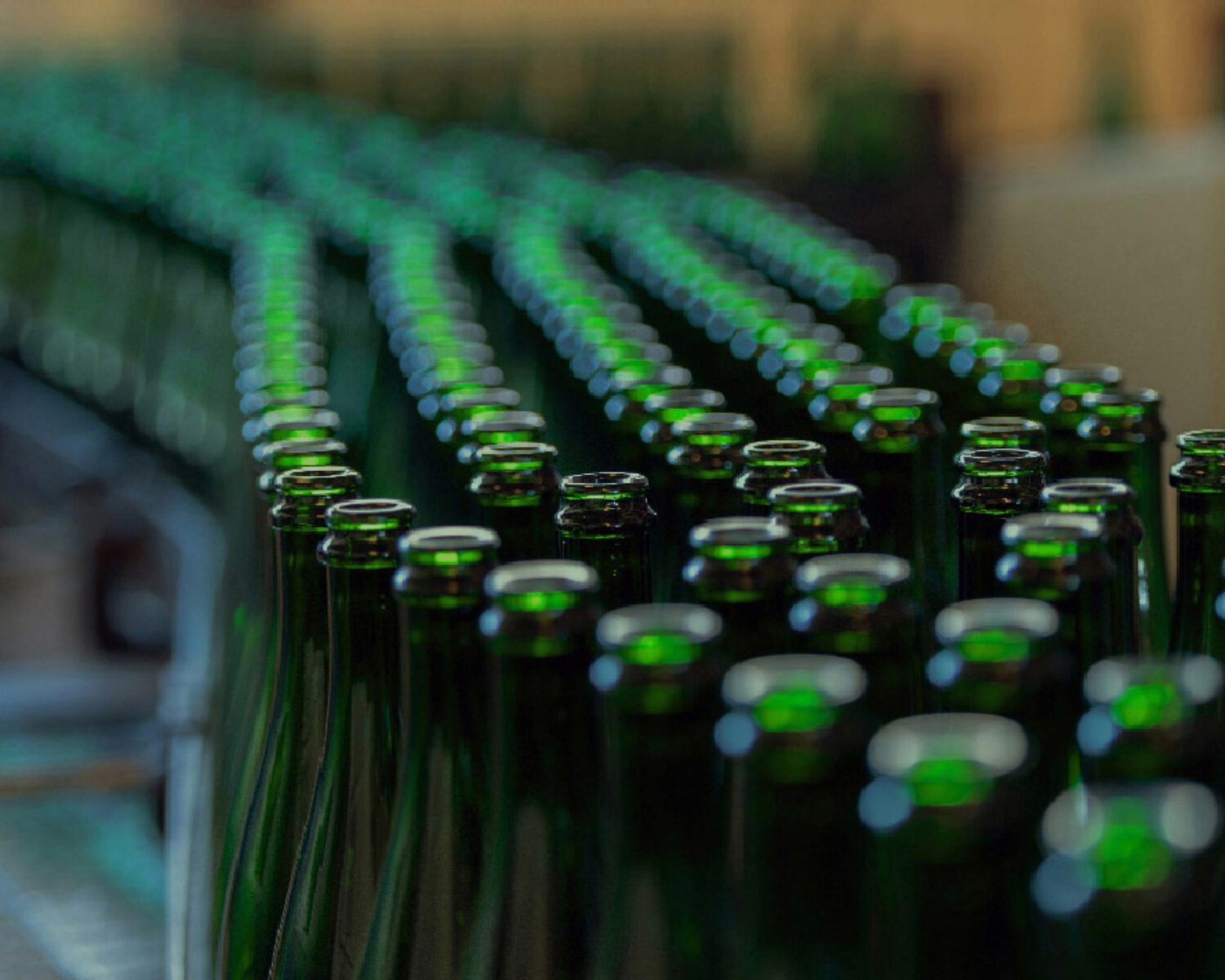Unified Nordic
Pictogram System
for Recycling
client
EUpicto
(Ministry of Environment of Denmark, KL Cirkular Denmark)
work
Wayfinding + co-design + guidelines
Since 2016, Futu has designed Denmark’s Unified Pictogram System for Recycling, which today consists of over 120 pictograms and labels. The wayfinding system is now used in more than 8 other countries, is a game changer in terms of sustainability, and serves as a leading example for the European Commission.
It started as a Danish system
In 2016, Futu began developing and designing a wayfinding system for waste sorting in Denmark. The co-design process was extensive, thorough, and strategic, including international research and mapping, which gave us key guidelines regarding colors, levels of detail, drawing styles, fraction names, logics, and systems.
The pictograms were then developed in co-design with over 3,000 citizens, 65+ municipalities, waste experts, and companies who were involved through workshops, voxpops, surveys, interviews, and observations.
Phase 1, which consisted of the first 18 pictograms, was nominated for a Danish Design Award in 2018.
International success
Since 2016, Futu has developed and designed the Unified Nordic Pictogram System for Recycling, which now consists of over 120 different pictograms and labels. The wayfinding system is now managed by the Nordic collaboration EUpicto and is used in more than eight other countries, including Sweden, Norway, Finland, Iceland, Poland, Estonia, Latvia, and Lithuania.
The pictogram system is a game changer in terms of sustainability, as it creates a visual link between waste and packaging, containers, recycling centers, public spaces, etc.
Futu has been responsible for the concept, design, and process since 2016, and our work is now a leading example for the European Commission.
All pictograms are designed by architect and designer Ann Thor.
Research
Before we began the design work, we conducted extensive research and mapping of existing pictograms for waste sorting in Denmark, the EU, and the rest of the world. We were especially interested in our neighboring countries and countries with a high number of tourists. This research provided us with guidelines regarding colors, levels of detail, drawing styles, words, and logics, which we later used in co-design with target groups.
Large-scale co-design
The pictograms were developed in co-design with over 3000 citizens, 65+ municipalities, waste experts, companies, and manufacturers. We focused on involving people across age, gender, educational background, urban/rural areas, and regions. A special focus was on the target groups that are less proficient at waste sorting. Futu involved these groups through workshops, voxpops, surveys, interviews, and observations. The focus in this process was selecting fractions, naming the pictograms, suggesting drawn objects, colors, and levels of detail.
15 Colors
The color system currently consists of 15 colors, which have been carefully selected and developed. There were many parameters to consider, such as maximum alignment with our research, color psychology, intuition, nudging, color combinations for “multi-fractions,” and consistency with production and web.
Building block concept
All the pictograms in the system are based on a geometric structure. This is one of the key elements that makes the system appear cohesive, as the eye recognizes angles, lines, and shapes. People often think it’s simple to draw a pictogram because it looks so straightforward – but it’s not. The simpler a drawing appears, the more thought and hours are usually behind it.
3 elements
We have worked with 3 elements: text, color, and icon. Some people only read the text, some only notice the color, and others solely recognize the icon.
In our design process, we have put a lot of emphasis on behavior and nudging, as people need to decode the pictogram in just a few seconds. Each pictogram is designed to work in both 1×1 cm and 1×1 meter formats – for example, on packaging and as outdoor signage.
Guidelines
In addition to the pictograms themselves, the deliverables also include labels and guidelines for manufacturers, municipalities, and companies regarding the system’s structure, file formats, color codes, design guidelines for labels, combining pictograms with other infographics, and their placement on waste containers and packaging.



















